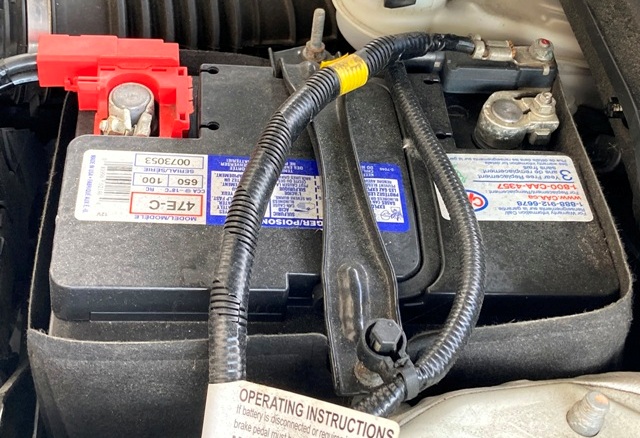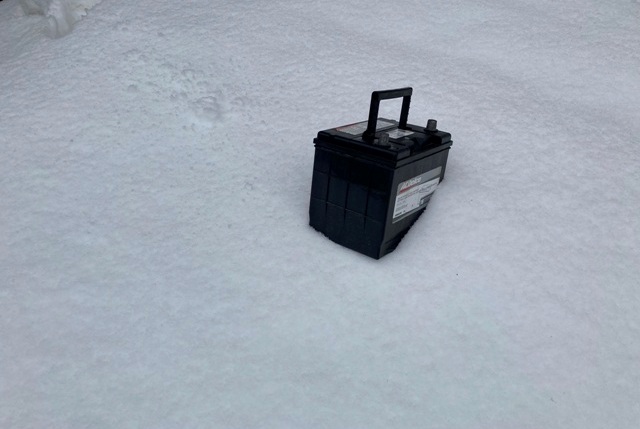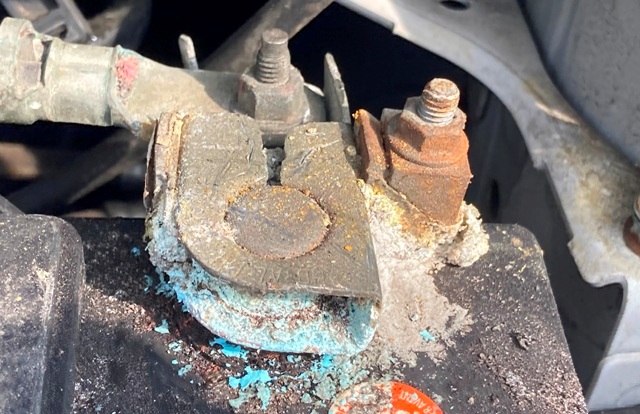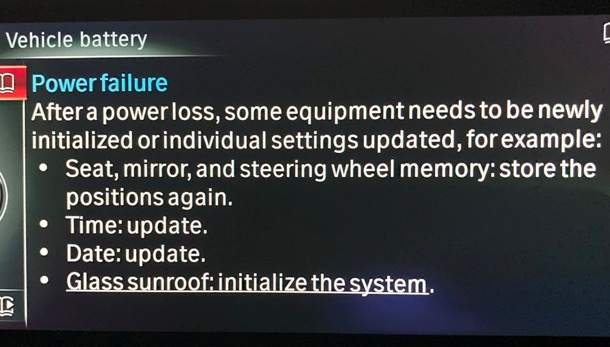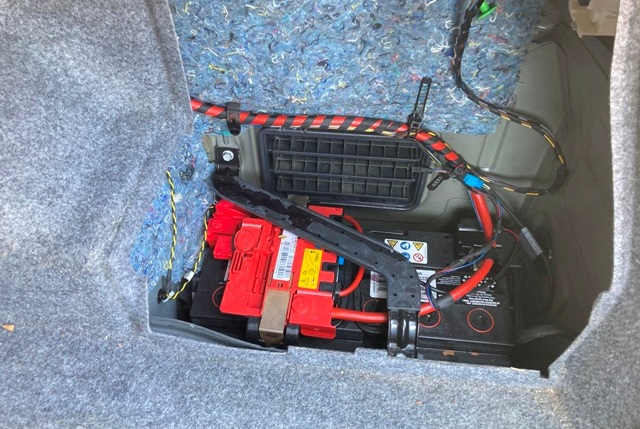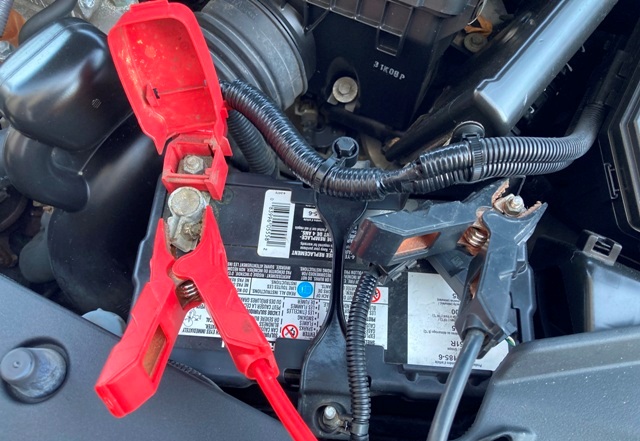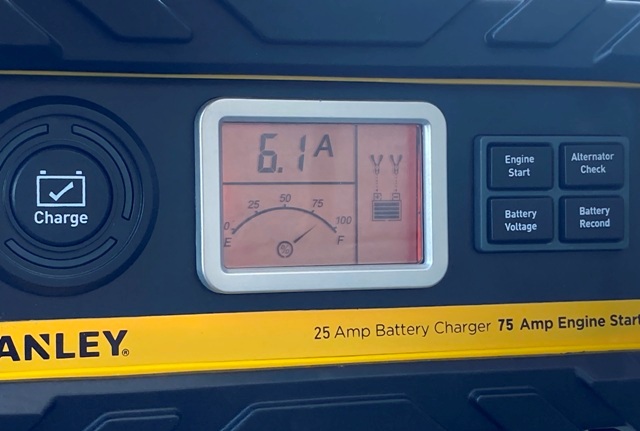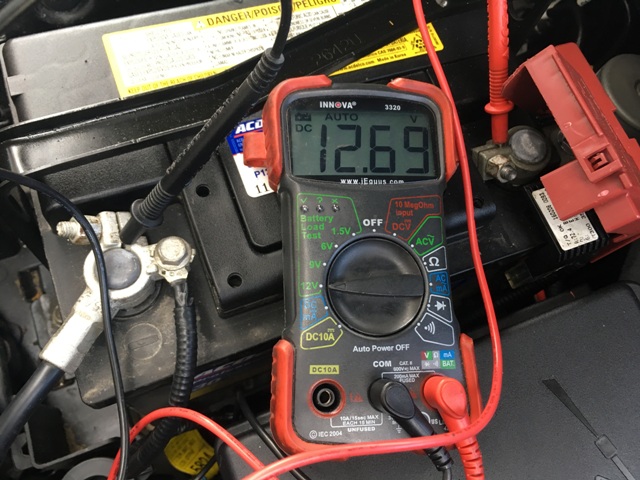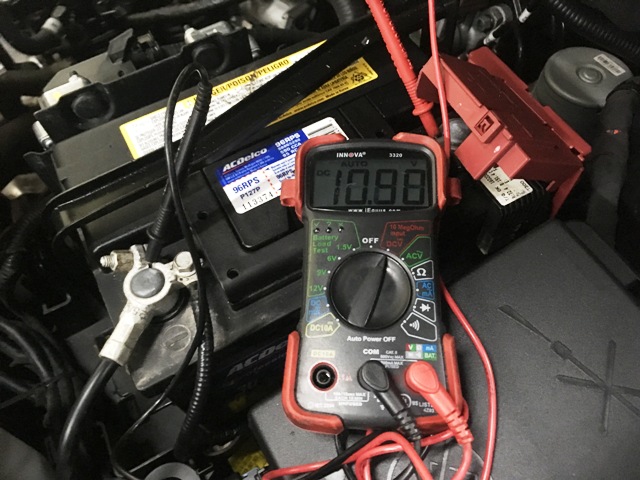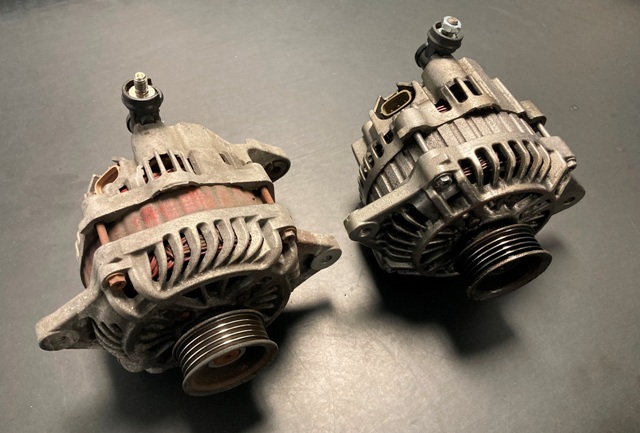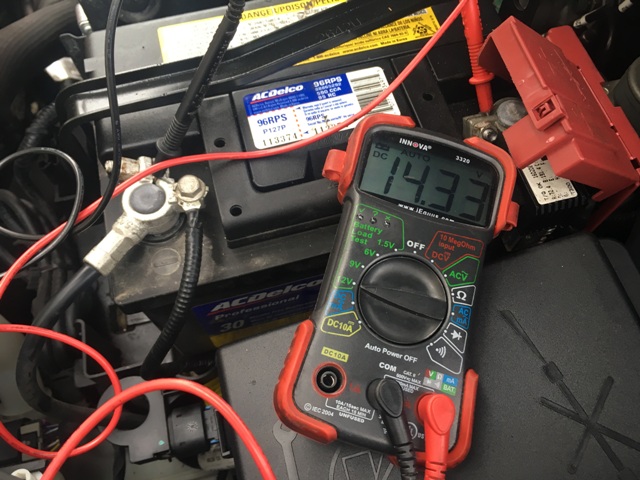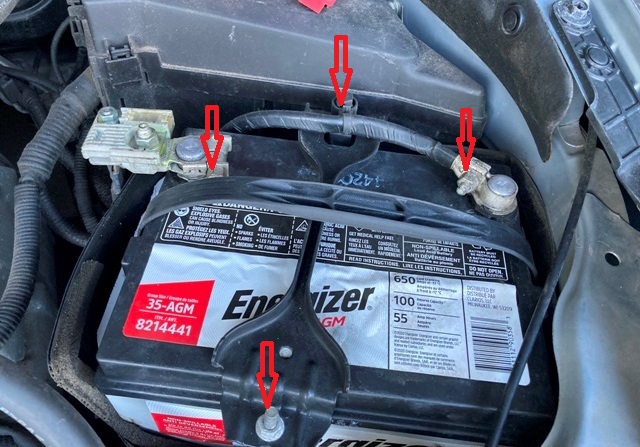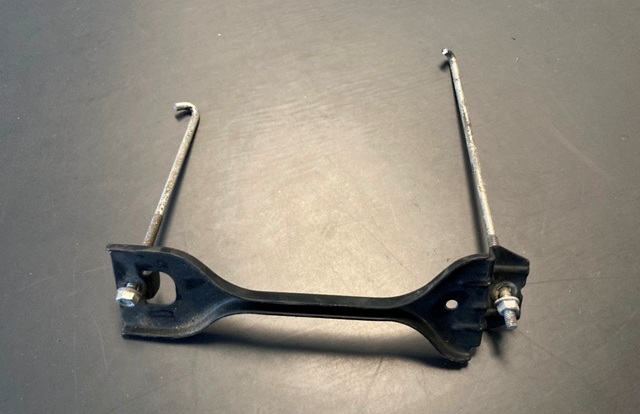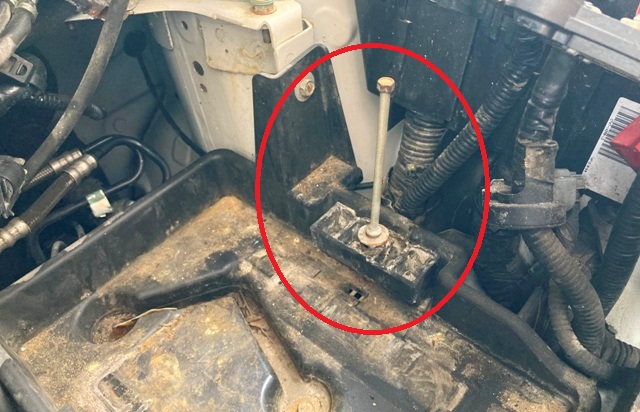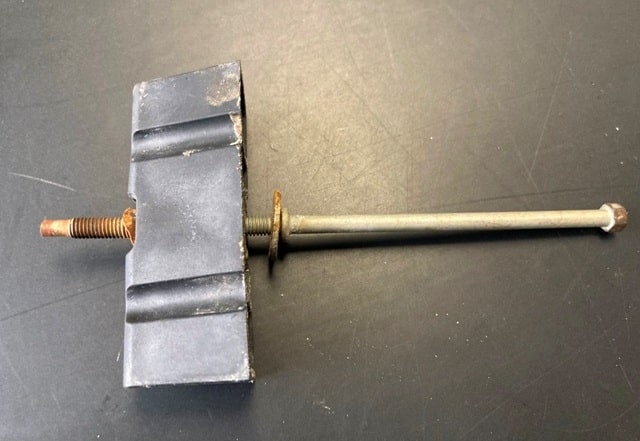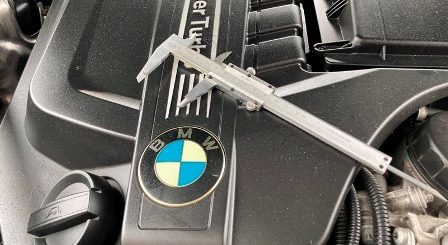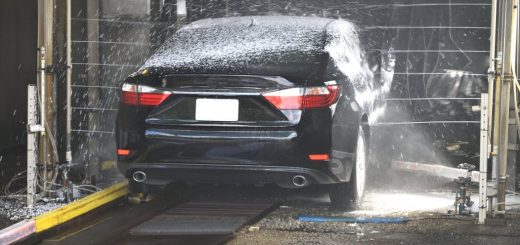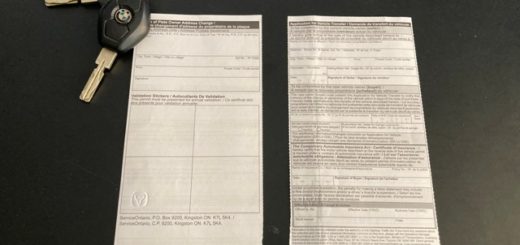Car Battery Guide: How to Test Car Battery and Alternator
How to Test, Charge, Replace and Maintain Car Battery: Batteries hate cold weather with a passion, Ontario and Canadian winters fit that bill nicely being very harsh on your car battery. Well, harsh on people too but let’s talk about batteries first. As with those who live in cold places, Canadians have experienced waking up on a -20 C Monday morning to find their car sitting lifeless on the driveway, off we go to call CAA.
That’s why testing and replacement of weak and old batteries should be standard procedure. However, car batteries are always neglected. People replace batteries only after they get stuck somewhere or when their cars start experiencing loss of power symptoms.
Below you will find:
1) What is a car battery
2) How car batteries work
3) How car batteries fail
4) Signs of car battery failure
5) How to maintain a car battery
6) How long car batteries last
10) How to Replace Battery in Your Car
What is a Car Battery
Batteries are devices which transform chemical reaction into electricity. There are several types of batteries using different components and metals (battery in your cell phone is different from battery in your car).
Cars are equipped with a lead-acid rechargeable battery which starts the engine and operate electrical systems in your car. Battery supplies high power initially to engine starter and then provides a steady supply of electricity to engine ignition system and other electrical systems and gadgets in your vehicle.
Once engine is started, battery will be maintained and recharged by alternator based on vehicle electrical needs and loads.
How Car Batteries Work
Lead acid battery is a battery constructed with lead plates encased on a plastic housing. Battery case is made with an acid resisting plastic called Polypropylene. In case you wondered why car batteries are heavy and poisonous, that’s your answer: there is a lot of lead mixed with acid inside. Battery in your car has six cells and main components of a lead-acid battery cell are:
- Positive Plate
Positive plate is an active positively charged plate immersed in acid or electrolyte. Positive plate is constructed with lead oxide (PbO2).
- Negative Plate
Negative plate is an active negatively charged plate, immersed on acid or electrolyte. Negative plate material is pure lead (Pb).
- Electrolyte acid
Electrolyte is a mix of distilled water and sulfuric acid (H2SO4). Battery has 6 cells with each cell producing about 2 volts. A fully charged and in good condition battery will be about 12.7 volts if tested when engine is not running. Inside battery cell, positive acid plate in reaction with battery acid will produce ions.
Ions created by positive plate will react with negative plate and produce hydrogen, starting a chemical reaction which will create electrons. Battery cell plate which produces more electrons will gain a positive charge while the other one will gain a negative charge, producing electricity.
Battery Size
Bigger batteries will have bigger and/or more plates per each cell delivering higher cold start power combined with larger reserve capacity. Hence, a big battery will last longer than a small one, however that depends on vehicle power requirements too.
Cars which are loaded with electronics and extra electrical systems (expensive premium cars) require more power and batteries on these vehicles are generally bigger in size.
Detailed article from battery manufacturer Varta on: How Car Batteries Work.
How Car Batteries Fail
There are a lot of factors why a car battery can fail but primary reasons are: Age, usage and weather. As with everything else, overuse usually destroys things, batteries no exception. An old battery will hold less charge and have a lower cold starting power.
Cold or Hot weather on the other hand is main battery enemy and will shorten battery operating life. Well, hot weather is not a problem in Ontario or Canada, but cold weather is, that’s for sure. Cold weather will shorten lifespan and promptly kill a weak battery. That’s why winter is busy season for battery manufacturers and car battery sales.
At 0 Celsius car battery will hold 30% less charge, at -15 Celsius that thing will drop to 60%. Never mind -30C, you will need a block heater on your car overnight as battery won’t have enough power to start your car in the morning: What is a Block Heater. That’s why most cars come with a battery insulation jacket, to protect battery against engine heat and cold winter temperatures.
( If you are also looking for fast and easy solution to sell your car, more here on “How To Sell Your Car Fast Ontario”. )
Signs of Car Battery Failure
Car batteries can die with or without symptoms (Battery Failure Symptoms). If you are lucky, your car battery will start experiencing symptoms prior to complete failure. It will give you time to replace it.
If you are unlucky, there will be no symptoms, you will find your battery dead one morning or will leave you stranded somewhere (Costco parking lot sounds like a good place for an example). When that happens, easiest and fastest solution is to boost your car and deal with replacement of battery latter on. How to Boost Your Car.
1) Slow or sluggish cold starts
If you hear battery struggling to start your engine and slow at operating engine starter then time has arrived for a new car battery. Start looking for deals on a new battery as you don’t have much time, your battery will fail soon.
2) Battery Warning Light
Battery warning light is usually associated with alternator problems. However, there are cases when a failed battery can trigger battery light too. Battery warning light in your dashboard means either battery is not being charged by alternator or your battery is done and cannot hold a charge anymore. Details on Battery Warning Light.
3) Dim headlight and/or interior lights
Dead batteries frequently will cause electrical problems on your car accessories. Electrical gremlins like flickering headlights, dim dashboard lights, dim of flickering interior lights and slow operation of electrical accessories (slow windows operation for example).
4) Battery Terminals Corrosion
Battery terminal posts corrosion are an indication of old or failing battery. Clean terminal posts and check your battery voltage if you notice corrosion on terminal posts and battery clamps. (Image below shows corroded ground/negative battery terminal post).
Do not bother to charge a battery if it has corrosion on terminal posts. Corrosion is caused by sulfuric acid leak, very likely your battery is already dead and need replacement.
Acid vapor is caused by a separation between battery terminal post and battery case. Corrosion on terminal posts is a sure sign of an end of life battery, time for a new battery has come. Use gloves and safety glasses when dealing with battery corrosion, sulfuric acid is very corrosive. Wash battery and surrounding area thoroughly with water to remove acid from terminals before working to replace battery.
5) Battery Acid Smell
Failing car batteries sometimes will release a rotten egg smell, that’s sulfur smell from battery sulfuric acid. Sulfuric smell means acid vapor leak and is an indication that your car battery is done or will be done very soon. Smell comes from acid vapors released into atmosphere from cracked battery case. Battery acid vapors are poisonous and corrosive.
6) Dead Click on Start
Your battery does not have enough power when you try to start your car and the only thing you hear is a clicking noise. It’s either a dead battery (more likely) or a bad alternator (less likely). Battery voltage is not enough to move starter motor and you will hear only a click from starter solenoid.
How to Maintain Battery in Your Car
Modern batteries do not require maintenance anymore. Long gone are times when you had to periodically pop battery cell caps and pour distilled water in there. However, there are few steps you can take to lengthen lifespan of battery in your car:
- Clean Battery Terminals
Clean terminal posts and battery clamps. Use water, brush and baking soda to clean battery terminal posts, after cleaning apply grease to protect battery posts from corrosion. Careful as battery acid is very corrosive and battery vapors are poisonous if inhaled. Use gloves and safety glasses when cleaning up battery posts.
- Do not use electrical accessories
Do not use electrical accessories for long period of time when engine is not running, this will deplete your battery. Once a car battery is depleted completely for whatever reason, it will not charge fully again. It will also get progressively worse if depleted several times. A battery which has been depleted it will only charge to probably 70% (or less) of previous level, even a brand new battery.
- Drive Your Car Frequently
Do not leave your car unused for more than one week. Start your car every 3 days for 15 minutes or so if you are not driving much. You can also remove negative battery terminal post if you have to leave your car unused for long periods, let’s say more than a month.
However, on some vehicles (expensive premium cars mostly) this will cause accessories memory loss and re-installation of battery might need programming. Details on: How to Maintain Car Battery.
How Long Car Batteries Last
Under normal conditions battery in your car should last about 5 years, give or take a year. Battery lifespan will ultimately depend on climate, usage, type and location of battery.
1. Climate
Very hot climates and especially very cold climates can shorten battery lifespan by a few years. Canada as an example qualifies for very well as a cold climate, well at least most of it. Cold weather will slow battery chemical reaction and add stress to your battery.
Hot weather on the other hand will speed up battery chemical process and increase amount of sulfates. Actually, most batteries fain in hot weather than cold one. Its not only weather, its engine heat which adds up to it too.
2. Battery Type
Price of a battery will generally equal build quality of a battery. An expensive battery will last longer than a cheap one, same with everything else we buy. Lifespan will differ from brand to brand. Warranty periods are different too, cheap batteries have a shorter battery period. Expensive batteries have a longer warranty period and longer lifespan in general.
3. Battery Usage
Batteries need to be maintained and charged frequently. If you do not use your car daily expect to have a shorter battery lifespan. Normally alternator will charge your battery when you drive but if your car is just sitting then electronics will drain battery.
A dead battery will not charge again to previous level. Every time your battery dies and you recharge it again, you are having less battery power than prior to discharging. This will continue until battery completely dies.
4. Location of Battery
Batteries installed under hood (in engine bay) will have a shorter operating life than batteries installed inside vehicle trunk, usually on trunk floor. Batteries under the hood are exposed to engine heat when driving and to cold when car is not driven, overnight especially.
Shifting temperatures from cold to hot and vice versa, will affect and reduce battery lifespan. Batteries installed on truck floor on the other hand are located in a more controlled environment and shielded from heat or cold.
How To Recharge Car Battery
Safety First: On rare occasions batteries can catch fire if battery has failed internally and end up overcharged. Battery acid is highly corrosive and gases are highly flammable. Do not just leave a battery in your garage alone for long periods of times when charging.
If you are not around, charge battery outside of your garage. If you notice sulfuric acid smell (rotten eggs), stop charging it as it can overheat and catch on fire. Battery can not be charged and need to be replaced at this point.
Touch battery case and check temperature while charging. If you feel heat then choose a lower charging amperage, minimum charging setting (2-4 amps). If battery keeps heating up even at lowest setting, do not continue to charge it. Battery has probably failed internally and need replacement.
How to Charge Battery
A depleted car battery does not necessary mean a bad battery. We all have discharged batteries in our cars accidentally by forgetting lights on or other equipment running for a long time with engine off.
Car batteries will be slowly depleted by infrequent driving. If you don’t drive your car frequently battery will not be charged sufficiently and will slowly deplete. In these cases car batteries can be saved by recharging them. Either using a 12 volt battery charger or preventing battery depletion with a car battery trickle charger.
Battery chargers and battery trickle chargers are not expensive, about $50 give or take, depending on brand and quality. Open hood and locate battery in your car. Some cars have their batteries located on trunk floor. Check owners manual if your are not sure where battery is in your car.
Remove battery positive/power terminal cover, its a red plastic shield covering positive/power battery post. Attach red charger clamp to battery power terminal post (+ positive) and black charger clamp to battery ground (- negative) post.
Set up will be red to red and black to black. Check everything is set up properly and plug in battery charger on a 120V regular power outlet. Use an extension cord if needed.
Automatic Battery Chargers
Battery chargers are usually automatic and will start charging without any input and will stop when battery is fully charged. Charging a battery at lowest charger setting (lets say 4 amperes or thereabout) will protect battery plates by avoiding overcharging and overheating battery. Slow charging though will take a long time, say overnight.
If you don’t have much time in your hands then choose a middle charging power (12 to 15 amperes) or just leave your charger on automatic. Unplug battery charger from power outlet and remove clamps from battery when fully charged. Test battery using a voltmeter, below are detail how to test battery voltage and condition.
Battery Charger Shows “Error”
Most automatic chargers need to detect voltage in order to start charging. If your battery is completely dead then charger will not operate, won’t even start. It will show “Error”. There are few ways to go around it:
1. Use Charger Bypass Setting (if equipped)
Check if your charger has a manual bypass setting to force charge your battery, if it does then use bypass setting. Bypass will send voltage straight to battery regardless if battery has any voltage or not.
2. Use a Battery Booster
If charger doesn’t have a manual bypass, you need to put some power on battery while charger is connected. If you have a battery booster then connect battery charger first and then connect battery booster (or jump cables with another car). Turn battery booster on. Battery charger will sense voltage and will start charging. Remove battery booster and set battery charger on slow charging mode.
3. Jump Start Your Car
Jump start the car and leave it running for few minutes. Turn it off and connect charger. Alternator will add some charge to battery, very little but it will be enough for charger to sense battery voltage and start charging.
How to Test Car Battery
Batteries have a limited lifespan, usually up to 5 years. Older car batteries will start to deteriorate and provide less than adequate power to start or operate your car. Test battery if you suspect battery failure or have an old car battery in your car. Testing a car battery is easy and cheap.
Testing: Buy a multi-meter/voltmeter and you are all set up to test your car battery or charging system. A decent multi-meter cost about $50 but there are cheaper alternatives, which will do fine too.
Important: You should test battery two fold, at rest with engine off and on crank. Sometimes batteries will show normal charge at rest (over 12 volts) and drop below 10 volts or lower on crank. Voltage drops lower than 10 volts on crank indicate a weak battery.
How to Test Car Battery: Engine Off
Set voltmeter on Dc or 12V setting. Attach negative voltmeter probe to battery ground (negative -) post and positive voltmeter probe to power (positive +) battery terminal post. Black to black and red to red. Read voltage on voltmeter screen.
( If you are also looking for fast and easy solution to sell your car, more here on “How To Sell Your Car Fast Ontario”. )
If your battery is fully charged and in good condition should read about 12.5 Volts when engine is not running and keys are not in ignition. Readings anywhere between 12.3 to 12.7 volts are considered good, or at least good enough on the lower part of voltage ranges.
1) Battery voltage of 12.7 volt indicates 100% charged battery.
2) Voltage of 12.3 volt indicates a 50% charged battery. Either charge battery with battery charger or drive your car more frequently.
3) Battery voltage should not be under 12 volts when you test it with engine off. Voltage under 12 volts indicates a weak battery which should be replaced.
4) If your battery voltage is below 11 volts then is very likely at least one of battery cells is shorted and dead. Battery must be replaced.
How to Test Battery on Crank
Use voltmeter to check battery voltage when engine is initially starting or when starter is initially engaged cranking engine (two people required for this). Check battery voltage while someone helps you start the engine and look at initial voltages until engine starts.
Do not look at voltage after engine is running but only while starter is engaged, just prior to engine starting.
A battery in good condition will not drop under 9.5 volts when your starter motor is engaged cranking engine. Test done on image above shows battery stayed at 10.8 volts when engine starter was engaged/cranking.
Voltage of over 10 volts on crank indicate a good car battery.
If battery voltage drops under 10 volts and/or close to 9 volts then your battery is weak. How long is going to last is everyone’s guess but likely you will need a new battery soon.
How to Test Alternator: Engine Running
Testing Alternator/Engine Running: Attach voltmeter positive probe to positive battery terminal and negative probe to battery negative terminal.
Start engine and turn on lights, radio and air conditioning to put some load on alternator. When engine is running, charging voltage on battery should read between 13.5 volts to 14.7 volts.
Image below shows testing an alternator with engine at idle, voltage is steady at 14.3 volts with A/C and lights on. Most vehicles will show around 14 volts with engine at idle and electrical load on alternator ( lights, A/C, etc).
Voltage with engine running will vary depending on engine rpm (higher Rpm / higher voltage) and load on battery:
- With engine running, battery voltage should be higher than 13.2 volts and lower than 14.7 volts, ideally at 14 volts range. This indicates a good alternator.
- If alternator voltage is lower than 13 volts, your alternator has failed and is undercharging your battery.
- If voltage is higher than 14.7 volts then you have a problem with alternator overcharging. Both cases, (lower and higher) point to a failed or failing alternator and in need of replacement.
How to Change a Car Battery
Start by locating battery in your car. Battery is located either under the hood in engine bay or inside your trunk underneath trunk floor cover.
Tools
Depending on battery bracket type, you might need 10mm, 12mm or 13mm sockets or wrenches of that size, a flat screwdriver and grease. Asian made vehicles use only 10mm bolts for battery clamps and battery bracket.
Battery on image below is from an Asian vehicle and is most commonly found on Toyota, Honda, Hyundai, Kia, Mitsubishi, Suzuki, Mazda, Subaru, etc. Battery replacement procedure for these vehicles is very similar with little deviations.
However, European cars generally require removal of certain parts and components to gain access to battery. These are time consuming procedures and you need to read on specifics on how to change battery based on your car model and brand. Also programing might be needed on European made cars after battery replacement.
How to Remove Battery
Remove keys from ignition and open hood.
When replacing battery, be careful to not touch battery posts (+ and -) simultaneously with anything metallic or tools, you will shorten battery and get fireworks.
Always remove negative/ground terminal first (- black) when removing battery.
1) Loosen 10mm negative/ground battery terminal and remove battery negative/ground cable. Do the same and remove battery positive/power terminal cable.
Batteries brackets are located either at bottom or top of battery case. Although there are a lot of ways to secure battery to car chassis, every manufacturer has their own design. However, Asian cars in general are almost identical.
European and American cars on the other hand usually use a bracket at bottom or side of battery case. Bolt size used are 8mm, 10mm or 13mm bolt depending on vehicle.
2) Remove top two 10mm bolts holding battery bracket and remove battery bracket. Battery bracket has hooks on both sides inserted on vehicle chassis.
3) Twist hooks to release them from openings in chassis.
4) Lift and remove old battery.
5) Clean up battery tray from dirt and debris. Use a vacuum cleaner or water, whatever is handy.
(If you are also looking for a fast and easy solution to sell your car, more here on “How To Sell Your Car Fast In Ontario” )
Batteries Bracket Types
Image below shows a different bracket type, its used mostly by American and European vehicles to secure battery.
Bolt size on these type of bracket defers quite a bit. Image below shows a 8mm bracket bolt, but there also are 10mm and 13mm bolts used on these type of brackets.
Check around battery case sides to locate bracket position first. Then remove bolt and pull bracket out.
How to Install Battery
Installation is reversal of removal, straightforward.
Important: Do not mix up battery polarity or you will blow up electronic stuff in your car. Make sure positive battery post goes to positive clamp and negative battery post to negative/ground clamp.
Battery polarity is clearly marked on battery case next to each battery terminal post.
1) Clean battery clamp cables, water and brush does the job fine.
2) Install new battery in place and insert battery bracket hooks in their openings. Might take a bit of time but its not that hard.
3) Tighten both battery bracket 10mm bolts. Do not over-tight bolts, as long as battery doesn’t move and is secure, its good enough.
4) Install positive/power clamp on positive battery post and tighten clamp bolt.
5) Install negative/ground clamp on negative battery post and tighten clamp bolt.
6) Grease both battery terminals, install positive/power terminal cover and your done.
There are cars which require programming after a battery change. Usually European premium cars (BMW, Mercedes, Audi), will lose some programing or memory, such as sunroof, seats, mirrors, etc. Check vehicle manual (or online) prior to changing battery to make sure you don’t need to do any programing after you change your battery.
In case you just bought a used car: General Maintenance after buying a used car.
Comments: If you have any questions or suggestions related to this post or Used Car Toronto in general, don’t hesitate to use comment section below.


